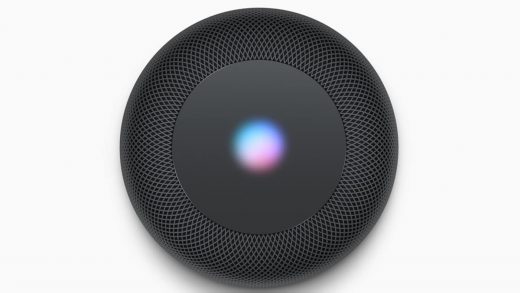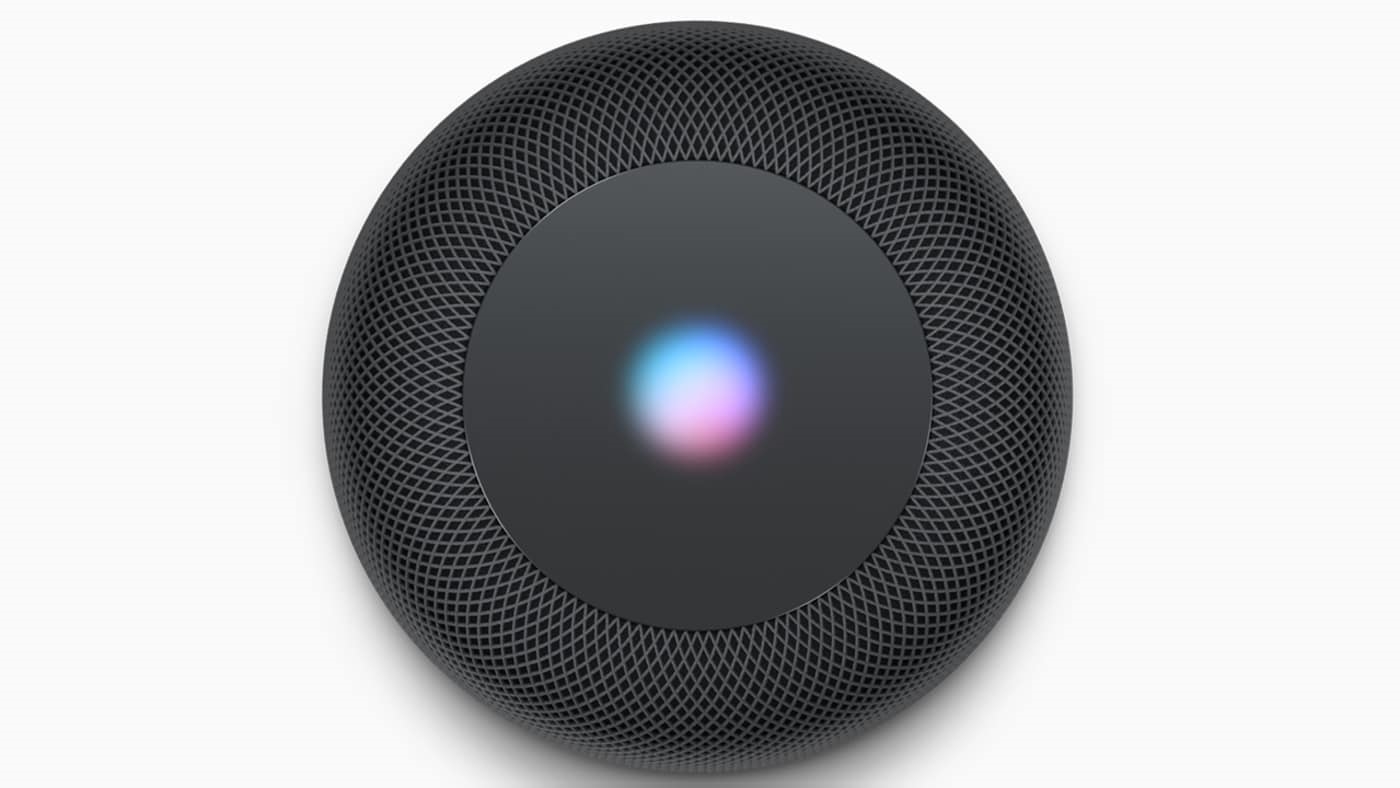Maybe Apple’s HomePod Is Just A Niche Product. And Maybe That’s OK
I don’t put too much stock in Bloomberg’s story this week saying that sales of Apple’s HomePod smart speaker are disappointing. There’s a good possibility that Apple isn’t selling as many of the speakers as it had hoped, but it might be for completely different reasons than those proposed in Mark Gurman’s article.
The story rests on Slice Intelligence data saying that the HomePod accounted for 10% of all smart speaker sales in the first 10 weeks after its launch, with Amazon’s Echo family dominating with 73% and Google Home taking 14%. After that, the HomePod slipped to about 4% market share, Slice says.
Some of the analysts I know have deep reservations about the Slice data, because it counts only online receipts and has poor visibility into in-store purchases. And that’s exactly when the Slice Intelligence data suggests HomePod sales began to flag–when it arrived in stores. That’s an unfortunate blind spot to have when looking at a product like the HomePod. You have to get a good earful of its sound–in a store–before you start feeling comfortable about shelling out $349 for one, especially considering the device’s other limitations (more on that below).
So the idea that the HomePod started tanking right when it hit stores sounds a little counterintuitive. The Bloomberg piece also relies on an unnamed sources saying that Apple lowered sales forecasts and cut orders to one of its contract manufacturers for the HomePod, Inventec.
Many journalists, including Gurman, have suggested that potential HomePod buyers were put off by the fact that the speaker can’t do as many digital-assistant tasks as the Echo and the Home. For instance, it can’t distinguish between different voices, doesn’t work as a Bluetooth speaker, and is unable to make phone calls without the help of an iPhone.
It’s true that Siri seems hobbled inside the HomePod. As of now, the speaker has no dynamic developer community to teach the device new skills, to use Amazon’s parlance. But it’s not been proven that that’s the reason buyers are balking (if they’re balking!).
Apple insists—and Google agrees—that people mainly use smart speakers to listen to music, and that the assistant tasks are secondary.
Another theory about why people might not be buying scads of HomePods is lock-in. The HomePod sounds really good, but the only music service it supports natively is Apple Music. You can use AirPlay to stream other music apps such as Spotify from Apple devices, but it’s not the same as being able to talk to a speaker to cue up songs. And your friends can’t just walk up and Bluetooth-connect to the HomePod from whatever kind of phone they have and start playing music. The HomePod can’t even distinguish between two different users with different Apple accounts and individual tastes in music.
40 Million Potential Customers?
When you remove the types of consumer who would be put off by these limitations, you still have a massive target market of 40 million Apple Music subscribers. But not all of them will be interested, for a variety of reasons.
First, there’s everybody who already has a smart speaker. “I said from the very beginning that HomePod’s sweet spot was people who had an Apple Music subscription and had yet to invest in a home sound system or speaker, and I continue to believe that is the case,” says Creative Strategies analyst Carolina Milanesi. That’s probably a considerably smaller market than 40 million.
Milanesi also points out that Bose speakers are popular among Apple Music subscribers. “While Apple Music through HomePod sounds particularly good, I am not sure it is enough for users to make the extra investment,” she says.
In theory, Apple Music’s tight integration with the HomePod should be a major selling point to people who happily inhabit the Apple ecosystem. But plenty of Apple Music subscribers are already listening through other speakers. “Those 40 million Apple Music subscribers are finding other ways to connect via their phones to speaker systems through Bluetooth, cables, and even AirPlay via Apple TV,” says Moor Insights & Strategy principal analyst Patrick Moorhead.
Moorhead also believes Apple’s marketing machine may not have done enough to close the sale among Apple Music subscribers. “I don’t think Apple ‘stuck’ the message on quality definitively enough like they do with iPhones and even Watch to move buyers across the aisle from alternative solutions they may have invested in for years like Sonos,” he says.
Neither Milanesi nor Moorhead endorses Bloomberg’s assertion that HomePod sales are surprisingly shaky. They merely point out the expected challenges the product faced in the market to begin with.
We tend to look at all Apple products on the same scale when it comes to user acceptance. Maybe we shouldn’t–especially for things like the HomePod. It could be a niche product. And maybe Apple understands that.
Moorhead points out that at $349, the HomePod is an “extremely premium product” and yet not a “must-have” item like a smartphone. “That puts it into a ‘luxury’ category, so inherently the market is limited to those who can afford luxury products,” he says. If all the HomePod does is let Apple make a healthy profit on a piece of high-end hardware, it would be true to the company’s instinctive modus operandi. Apple might be fine with that—even if the HomePod’s impact on the smart-speaker market is less than transformative.
(34)



